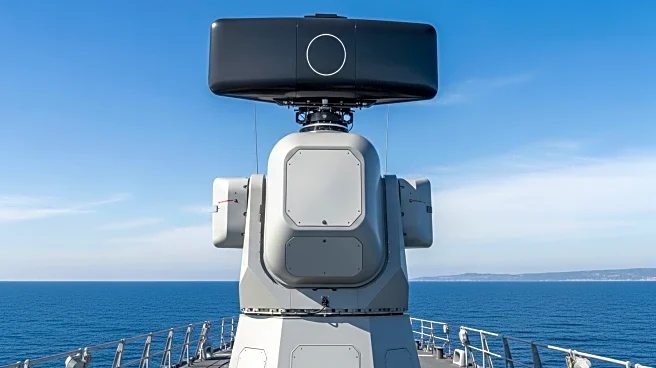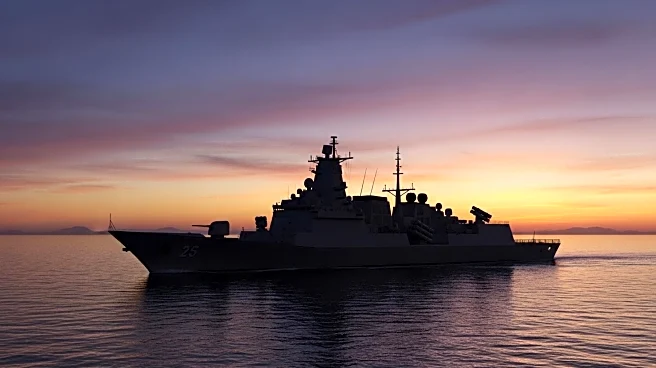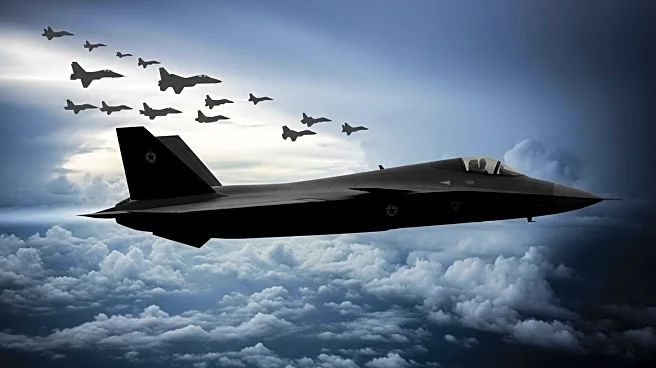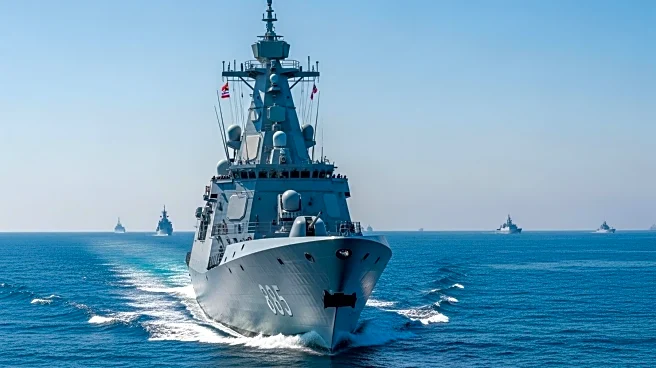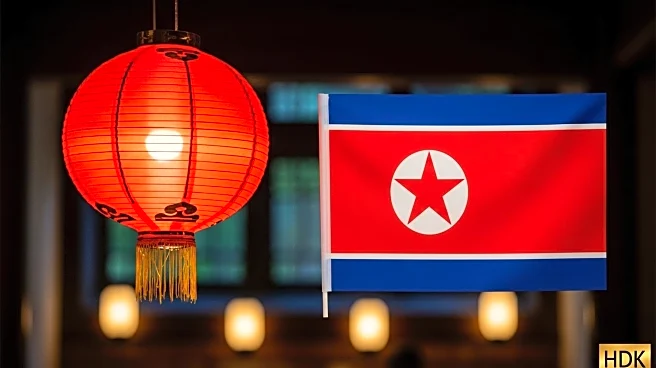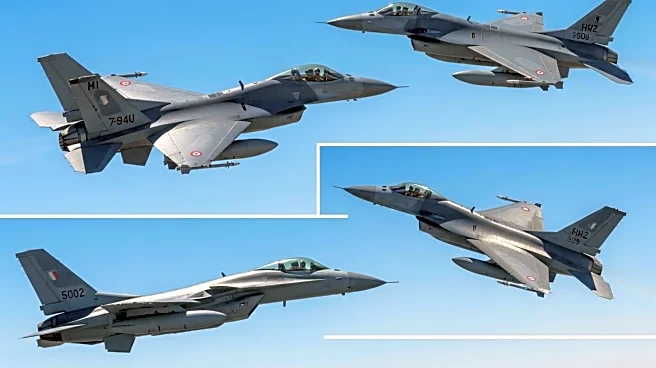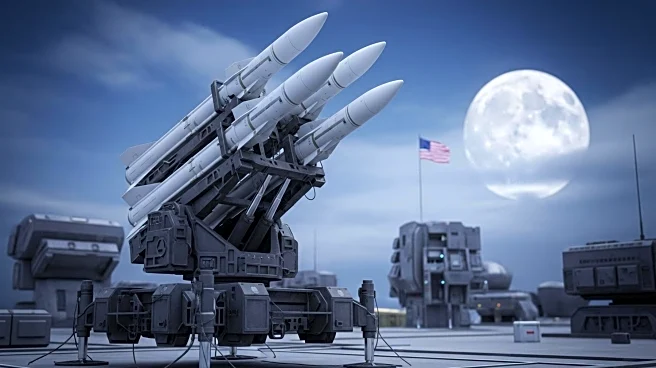What's Happening?
Japan is advancing its missile defense capabilities with significant assistance from the United States. This development includes the acquisition of 400 long-range Tomahawk cruise missiles and the construction of two large naval ships, known as Aegis System Equipped Vessels, designed to intercept ballistic missiles. The U.S. defense contractor Lockheed Martin has announced the successful initial power-up of the Aegis System's radar system at a test facility in New Jersey. This radar system, known as AN/SPY-7(V)1, is touted as the world's most powerful and versatile, capable of detecting and engaging multiple sophisticated ballistic missile and air threats simultaneously. The first radar system is set to be delivered to Japan next year after completing testing in the U.S., with a second system also planned for Japan.
Why It's Important?
The enhancement of Japan's missile defense capabilities is crucial in the context of increasing regional tensions, particularly with China and North Korea. China's missile capabilities pose a direct threat to Japan, including U.S. military bases located there, as part of its strategy to counter U.S. influence in East Asia. North Korea's frequent missile tests further exacerbate the security concerns for Japan. By bolstering its defense systems, Japan aims to protect itself from potential missile attacks and maintain regional stability. This move also underscores the strategic military alliance between Japan and the U.S., highlighting the latter's role in supporting its allies against common threats.
What's Next?
Japan is expected to continue enhancing its defense capabilities, potentially by constructing additional naval vessels equipped with advanced missile interception systems. The Aegis System Equipped Vessels are anticipated to become operational by 2027, classified as guided-missile cruisers due to their size and capabilities. The ongoing collaboration between Japan and the U.S. in defense technology is likely to further solidify their strategic partnership, with potential implications for regional security dynamics.
Beyond the Headlines
The deployment of advanced missile defense systems in Japan could lead to a shift in the regional power balance, prompting reactions from neighboring countries. The strategic military buildup may also influence diplomatic relations and defense policies in the Asia-Pacific region. Additionally, the integration of cutting-edge technology in defense systems highlights the evolving nature of modern warfare and the increasing importance of technological superiority in national security strategies.

